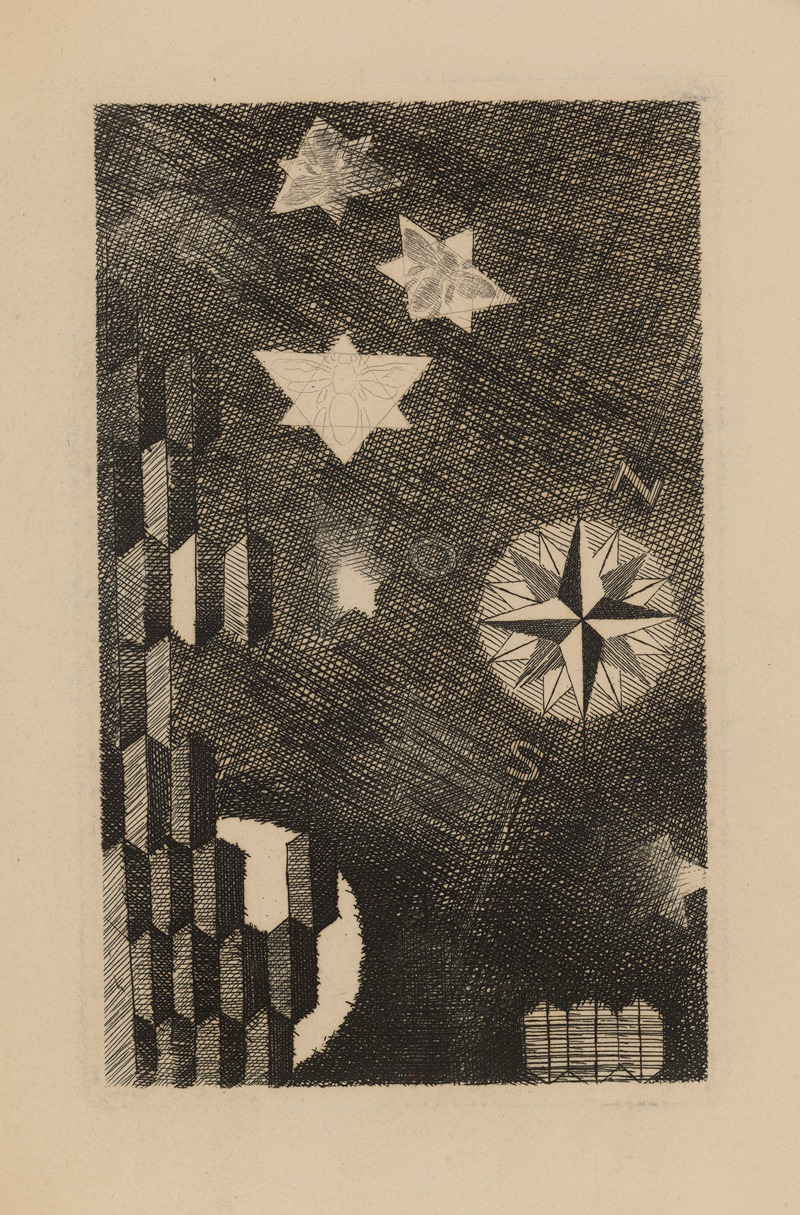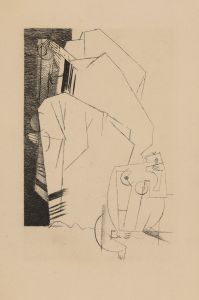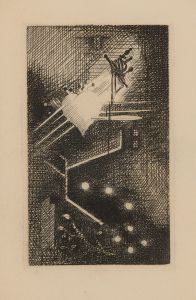
Clair de lune
A hand-painted replica of Louis Marcoussis’s masterpiece Clair de lune, meticulously crafted by professional artists to capture the true essence of the original. Each piece is created with museum-quality canvas and rare mineral pigments, carefully painted by experienced artists with delicate brushstrokes and rich, layered colors to perfectly recreate the texture of the original artwork. Unlike machine-printed reproductions, this hand-painted version brings the painting to life, infused with the artist’s emotions and skill in every stroke. Whether for personal collection or home decoration, it instantly elevates the artistic atmosphere of any space.
Louis Marcoussis (1878–1941) was a Polish-born French painter and engraver associated with the Cubist movement. He is best known for his still lifes and portraits, which often incorporated elements of Cubism and abstraction. One of his notable works is Clair de lune (Moonlight), a painting that reflects his unique approach to Cubist principles.
Clair de lune was created during Marcoussis's mature period, when he was deeply engaged with Cubism, a movement pioneered by artists such as Pablo Picasso and Georges Braque. Marcoussis's work often combined fragmented forms, geometric shapes, and muted color palettes, and Clair de lune exemplifies these characteristics. The painting features a composition that deconstructs and reassembles objects in a way that challenges traditional perspectives, inviting viewers to interpret the subject matter through multiple viewpoints.
Marcoussis frequently drew inspiration from music, literature, and everyday objects, and these influences are evident in Clair de lune. The title, which translates to "Moonlight," may suggest a poetic or atmospheric quality, though the painting itself does not depict a literal moonlit scene. Instead, it employs abstracted forms and a subdued color scheme to evoke a sense of mood and introspection. The work demonstrates Marcoussis's skill in balancing abstraction with recognizable elements, a hallmark of his artistic style.
Marcoussis was part of the vibrant artistic community in Paris during the early 20th century, where he interacted with other prominent artists and intellectuals. His work, including Clair de lune, reflects the innovative spirit of the time and contributes to the broader narrative of modern art. Today, Marcoussis's paintings are held in various public and private collections, and his contributions to Cubism are recognized as significant within the history of art.
Due to limited documentation on the specific details of Clair de lune, such as its exact date of creation or current location, further information about the painting is not readily available. However, it remains an important example of Marcoussis's engagement with Cubist aesthetics and his ability to infuse his works with a sense of lyricism and complexity.


















